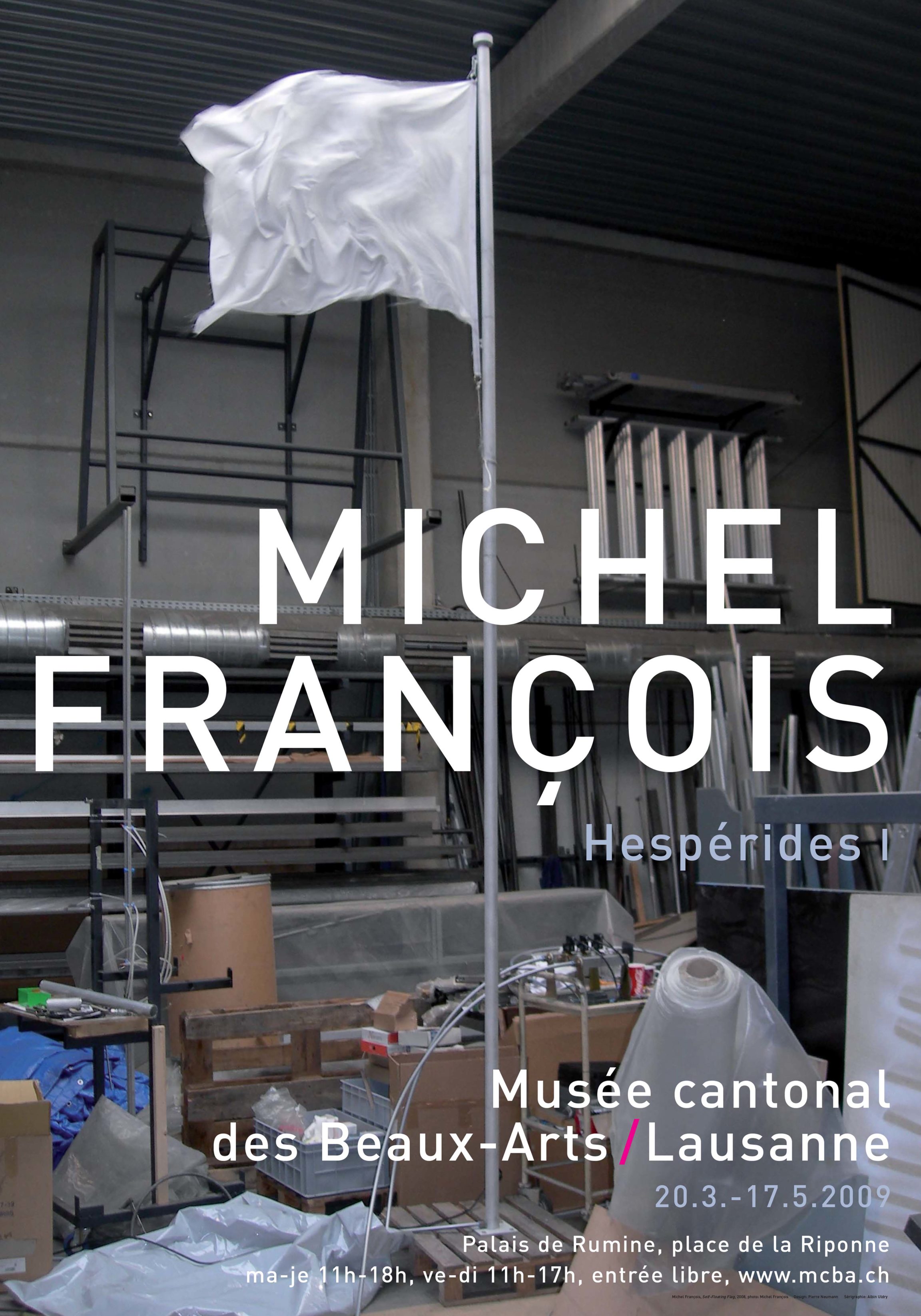
Hespérides. Michel François
Hespérides II. Performances
Michel François, born in 1956 in Sint-Truiden, Belgium, and based in Brussels, has participated in numerous major international events, including Documenta, the Venice Biennale, the Istanbul Biennale, and Sonsbeek. His multifaceted and complex work embraces all media—photography, sculpture, video, and installation—exploring life in all its forms: life as it emerges and disintegrates, the interactions between the mineral, vegetal, animal, and human worlds, and the complementary nature of the four elements. François does not seek spectacle; instead, he reveals life in its surprising normality, making visible what usually remains unseen. His gardens are necessarily arid, scattered with cacti and nettles, resembling vacant lots—fallow lands full of potential. They are multi-dimensional model gardens, inviting care and cultivation.
For Michel François, everything is relational, in flux, in transformation, in process, and in network; nothing is ever fixed—everything is fluid and reversible. When creating an installation or an exhibition, the Belgian artist captures images from the world to shape a place and establish a territory, defining a field while simultaneously opening it up. He never “occupies” a space in the military sense of the term; rather, he delicately and temporarily deposits images, objects, and repetitive gestures. Acting as a surveyor, he places markers that reflect the proliferation of images, the movement of ideas, and the potential and limits of our perception in its broadest sense. In doing so, the Belgian artist questions another unit of measurement—our body—creating shifts that capture our attention and invite interaction. To perceive is inevitably to see differently.
In his Lausanne exhibition, Michel François explored the notions of territoriality and, by extension, inclusion/exclusion and clandestinity—after all, was the Garden of the Hesperides not forbidden to mortals? Were its golden apples not guarded by a dragon? Here, his work took on a more overtly political dimension. The starting point of his large-scale installation Pièce à conviction was a pair of shoes once worn by a migrant, displayed by border guards in New Mexico. Their soles had been modified to leave footprints resembling those of a cow. The lush garden, the land of plenty, remains for some an unreachable wasteland, its boundaries never to be crossed. Access is only granted when one becomes anonymous—or even animal—at the cost of dehumanization. On one side of the border are those who can afford to be “connected,” to access information, knowledge, and wealth; on the other side are the new clandestine figures. Pièce à conviction was preceded by an inaccessible space: a red glass cube with blurred transparency. The installation concluded with a symbolic “self-floating” flag, expending immense energy to maintain its visibility—and thus, its power.